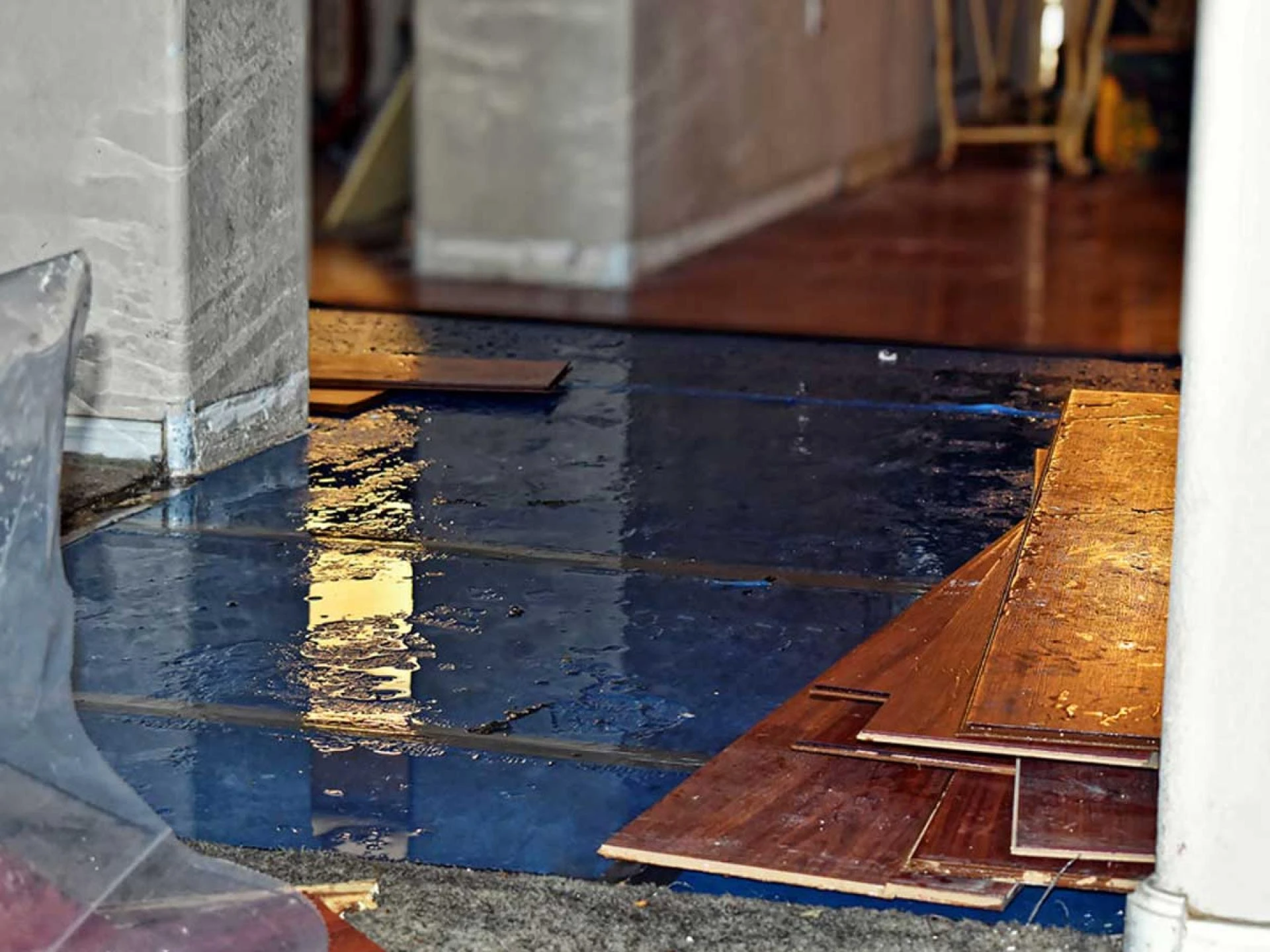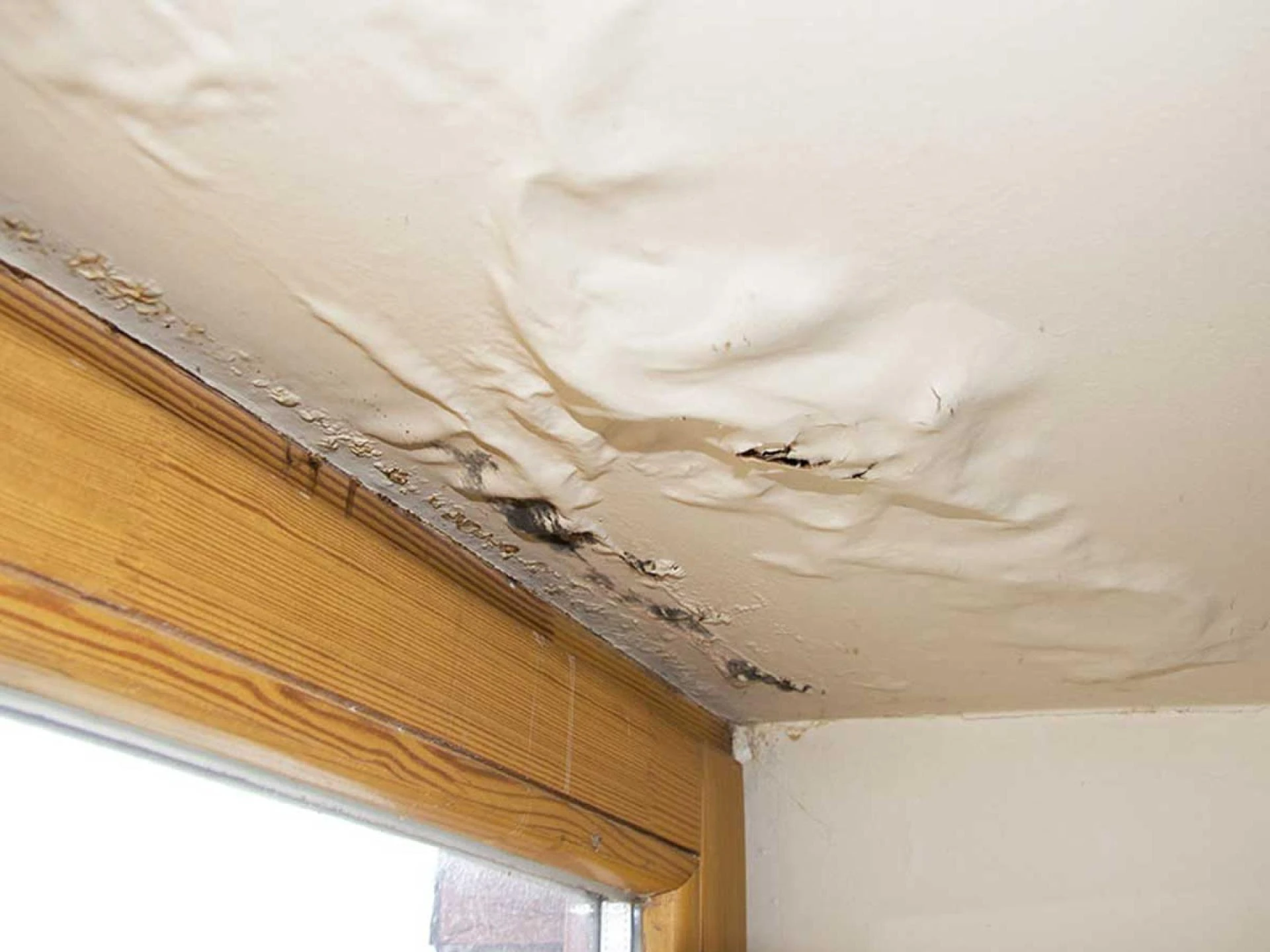In a rental home, water damage may create major problems. Ignorance of this can further cause structural damage, mold, and expensive repairs. Whether your role is renter or landlord, understanding the correct actions to follow will assist stop more harm. Common sources of property damage and water damage in Texas are plumbing breakdowns, hurricanes, and heavy rain. Acting quickly helps to save time and money as well as lessen the effect.
Determine The Water Damage Source
Finding out where the water is coming from comes first. Leaking pipes, roof damage, or floods might all be the cause. If, in case, the water comes from a clean source—that of a broken pipe—you may be able to halt it by cutting off the main water supply. Extra care is required, though, should the damage result from sewage backups or natural events.
Once the source is located, act to halt more water flow. If it is safe, cut off the electricity in impacted regions to prevent dangers. Safety should be the primary issue, as standing water might generate electric hazards.
Document the Damage
Fully record the damage before beginning any remediation. Photograph and film clearly of impacted places, furniture, and personal items. Estimates of repairs and insurance claims depend on these records. To prevent further conflicts, tenants and landlords should be upfront and provide proof of the damage.

Get a Professional Fixed
Dealing with major damage without expert assistance may be dangerous. Texas restoration companies focus on water extraction, drying, and mold avoidance. They eliminate moisture and stop more degradation by the use of sophisticated tools. Hiring professionals helps to cut long-term expenses and save time.
If at all feasible, clear standing water while you wait for experts. Absorb extra water with towels, mops, or wet vacuums. Open windows and doors to increase airflow, therefore facilitating space drying out. If mold is already established, however, steer clear of running ordinary home fans as this will distribute spores.
Tell Your Tenant Or Landlord
Tell your landlord or tenant straight away about the damage without any delay. Although most lease agreements specify repair obligations, it is advisable to go over them precisely. Landlords should react fast to safeguard renters' safety and their belongings.
Management of the damage also depends on insurance coverage. Tenant insurance might cover personal items; the landlord's insurance addresses structural problems. Examining policy specifics can assist in identifying who bears certain expenses.
Prevent Future Damage from Water
Following fixes, act to prevent similar issues. Regular upkeep can assist in identifying possible problems early on. Before they cause major issues, tenants should tell landlords about leaks, drips, or strange water stains.
Landlords should plan regular appliance, roof, and plumbing checks. Water sensors placed around basements and pipelines can also offer early leak alerts. Oftentimes, prevention is less expensive than emergency repairs.

Remove And Replace Damaged Items
In case the water has seeped into carpets, drywall, or hardwood flooring, these items might have to be replaced. Water-damaged drywall may weaken and grow mold, therefore posing health hazards. If soft furniture—such as upholstery and rugs—remains moist for too long, it should be completely dried or replaced. In case mold develops, apply suitable cleaning agents or seek advice from a specialist to stop its additional spread. The quick resolution of these problems will enable the property to be safe and livable again.
Last Actions Following Restoration
Look over the property to be sure it is safe once the cleanup is finished. Look for concealed dampness, as wet places could cause mold development. Ask for a final examination from restoration companies in TX if needed to be sure everything is dry and safe.
Endnotes
Correct management of water damage in Texas helps to guard rental properties from significant long-term harm. For renters as well as landlords, acting fast, recording the damage, and consulting experts will help to simplify the procedure. Preventive actions help to lower future hazards, therefore maintaining the property in excellent shape for many years to come.


